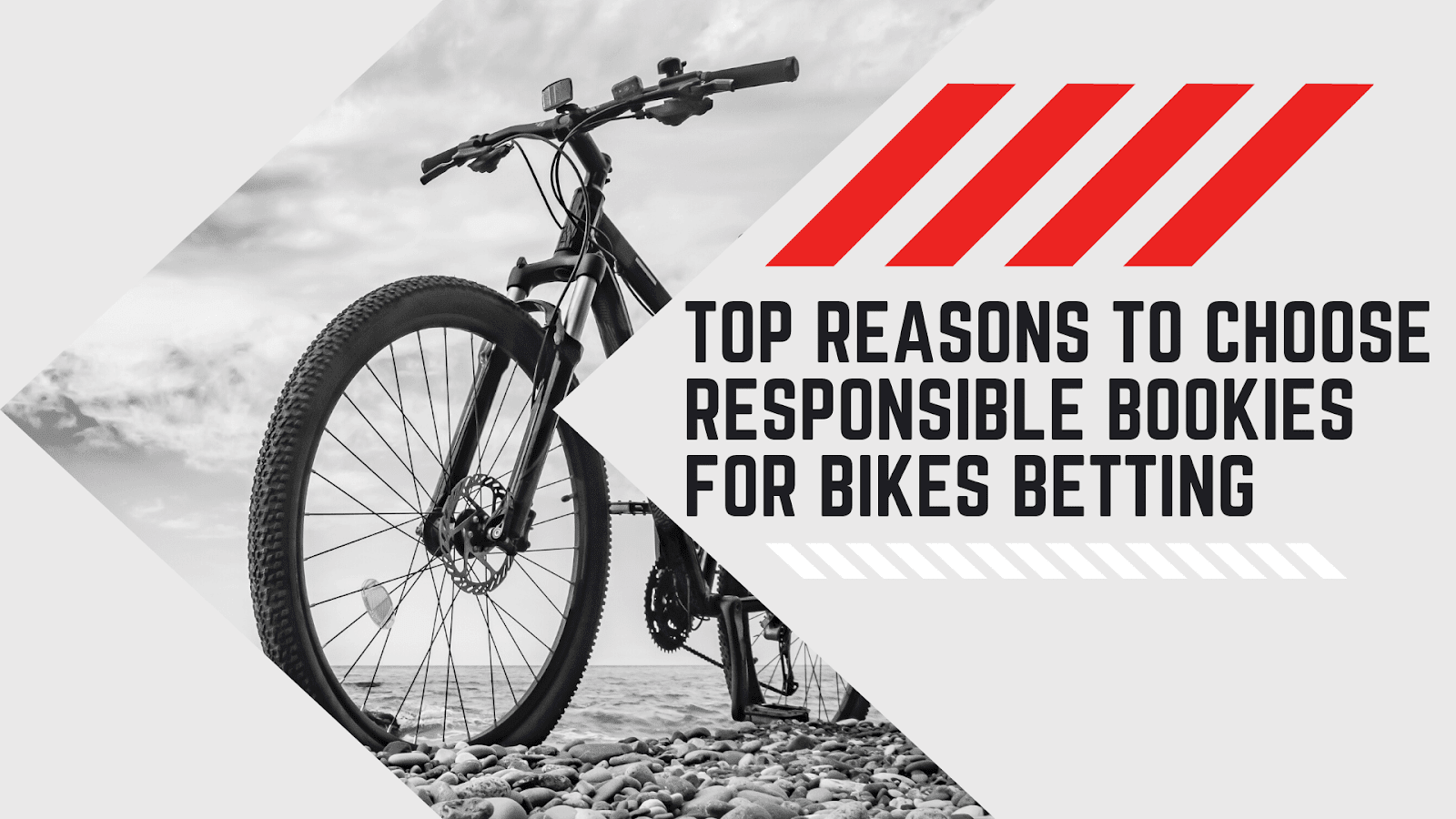| | Biker News - Regularly updated
Category: Random
-
Touratech is the first accessory manufacturer to offer inner bags for the Vario luggage system of the new BMW R 1300 GS. The precisely fitting and high-quality textile products create order in the case and top case and are characterised by their high practical benefit.
Steplessly adjustable volume, interior lighting, remote control for the locking mechanism using the vehicle key - BMW Motorrad is setting new standards with the all-new Vario luggage system. Anyone travelling with these luxurious pieces of luggage expects maximum comfort and style. This demand naturally also applies to the packing of the cases and the handling of the luggage. With this in mind, Touratech has developed inner bags for the BMW Vario luggage system.
The inner bags are made of a robust and dirt-resistant fabric that can withstand even the roughest of wear and tear. Thanks to the precise shaping, the volume of the panniers and the top case is optimally utilised. The careful craftsmanship of the high-quality textile material harmonises perfectly with the elegant look.
Items of clothing can be neatly folded and stowed in the main compartment, while smaller items such as toiletries, a first aid kit, tools or charging cables are easily accessible in the additional front and rear pockets. The cleverly positioned zip allows access to the luggage at any time, even when the bag is in the Vario case.
Once you arrive at your destination, the Vario cases and the Vario top case can remain on the motorcycle - and serve as a safe and rain-protected storage place for the crew's helmets. Sturdy handles and a practical carrying strap make handling the Touratech inner extremely easy, so that the luggage can be conveniently transported to the hotel room. And last but not least, the high-quality appearance of the inner bags blends seamlessly into the appearance that riders of a premium-class motorcycle demand.
-
Cycling is a popular sport both among amateurs and professionals – so multiple competitions are held. Millions of people globally follow thrilling races, and many prefer to warm up their interest by placing a bet on the chosen event. The popularity of this activity is growing daily, as adding a pinch of adrenaline to match-watching for a relatively small deposit is attractive for bike sports lovers.
Choosing the right online bookmaker is halfway to a successful experience; fortunately, numerous online betting platforms are available for users. However, not all are reliable. Multiple websites operate fraudulently and aim to steal members' money. No one would like to become a scammer’s victim, right? Therefore, evaluating the bookmaker’s reputation as did NonGamStopBetting.org for its PlayHub sportsbook review and ensuring it complies with responsible gambling principles is critical before joining any site. Reliable online sportsbooks always provide their members with transparent services and fair conditions, which is why it’s so important to check all the details beforehand.
Importance of Responsible Gambling
It’s not a secret that betting can be addictive: this risky entertainment engages players with its gambling allure and motivates them to invest their funds to have more fun. Accordingly, addiction rates are a common challenge for operators and authorities in multiple countries. They collaborate to cope with the disorder, implement particular rules to minimize risks, and inform punters of the potential harm this activity can bring.
Statistics indicate that up to 5.8% of the world population suffers from gambling disorders. Moreover, millions of users are at risk of addiction development. Responsible betting operators implement a set of measures to prevent this problem and help those facing problematic issues. The UKGC, the main British gambling authority, provides strict requirements for its licensees; there are multiple points for offering timely treatment and guiding compulsive bettors on further actions.
How To Ensure Fair Play and Integrity
Every user betting on bike races wants to spend time on trustworthy platforms, offering legal services to their members. However, some sportsbooks remain fraudulent. Potential punters often find it challenging to find a reliable online bookie. It’s important to consider several factors when selecting a betting destination, and the availability of appropriate certification is among them. For instance, the UKGC obliges all its licensees to provide a transparent environment for punters, while the latter must report any violations to the regulatory authority.
Moreover, online bookies providing bike betting and other disciplines should ensure customer data protection according to recent legislation. Multiple innovative security mechanisms are available for modern sportsbooks, so implementing end-to-end encryption, SSL protocols, two-factor authentication, and other measures is the top priority.
Responsible Betting Features
Sportsbooks offer users multiple tools to ensure they bet responsibly and won’t appear in trouble after placing predictions on bike racing. Of course, self-control is the primary ability users must concentrate on. However, not everyone can resist the temptation to deposit more and try their luck again. Therefore, special mechanisms offered by online bookies might be helpful:
-
Deposit limits: some operators initiate financial checks and place appropriate limitations to ensure users won’t invest more than they can afford
-
Notifications to make a break: platforms often send pop-ups (for example, once an hour) recommending punters to quit the platform and take a break from bets
-
Self-exclusion programs: tools like GamStop help differentiate problem gambling behaviours and limit access to online sportsbooks for a certain period
-
Access to support groups and helplines: responsible bookies usually offer compulsive punters to contact specialized authorities providing assistance and treatment
The above options have shown their efficiency in coping with problem betting habits. For instance, over 80% of GamStop self-exclusion users reported improved conditions. Operators should promote a healthy approach to betting and guide users if they face difficulties with this issue. Customer support service plays an important role here, as punters can contact the team and get a detailed response on engaging in support groups and receiving appropriate therapy.
How To Support Problem Gambling Prevention
Operators supporting responsible betting policies make a considerable investment in overall well-being. Such an approach allows educating risk lovers about all the potential harm of this seemingly innocent entertainment. Such knowledge allows users to be more self-conscious when placing their predictions on bike racing and develop the ability to stop in time. Multiple online sportsbooks stick to this policy by providing appropriate limitations to their members.
Huge betting platforms often collaborate with athletes and sports teams to cover a broader audience and inform users of the importance of preventing gambling addiction. Therefore, such partnerships not only aim to promote bookmakers but also create a healthier landscape for punters. The more information risk fans get, the higher the possibility the population will make informed decisions and bet responsibly.
How To Build Trust and Reputation
The betting industry is now overcrowded: more and more new platforms offer better odds and bonuses to their users. However, most punters will prefer big brands with an established reputation. Involvement in the responsible gambling policy and creating a favourable and safe environment for sports fans is undoubtedly an advantage for every bookmaker. Operator’s fairness and transparency are among the key criteria attracting users to a particular platform, so sportsbooks must ensure they comply with these principles.
Punters can get numerous benefits from betting on a responsible website. First, it’s the best way to avoid addiction and other gambling problems to get the best experience. Moreover, reputable bookies often provide generous bonuses with adequate conditions and a broad range of betting markets, including bike racing. Undeniably, sticking to a responsible gambling approach positively influences the business: a trustworthy website will always be in demand among punters.
Final Insight
Bike betting is a fairly popular entertainment in the UK and beyond its borders, especially if it’s profitable, but numerous challenges should be addressed. Many sportsbooks still provide unreliable services without sticking to responsible gambling principles, which can negatively affect the overall industry in the country. Therefore, punters should be picky when selecting a place to make their bets. At the same time, operators must be more conscious and implement all the available measures to provide a healthy betting landscape and inform users of this activity's pros and cons.

article supplied
-
Motorcycle racing is not the most popular sport globally, but it still attracts millions of viewers and betting lovers with its unique appeal. Amateur events and huge professional championships occur in multiple countries, so finding something to place your prediction on won't be challenging.
Lots of no-minimum-deposit online betting sites welcome players with the possibility of investing small sums but multiple benefits in exchange. Therefore, operators with no minimum deposit are the top pick for low-budget risk fans. A plethora of exciting events await punters all year round – so let’s look at the best championships!
MotoGP World Championship
The premier-class road racing tournament takes place in different parts of the world, making it attractive for sports lovers and punters. MotoGP is a real pinnacle of the industry, gathering the leaders competing for the champion’s title. It’s evident the tournament is attractive for sports bettors: tons of adrenaline, experienced pilots, and unpredictable results are the primary points engaging millions of users.
Many online bookies offer thrilling experiences and lucrative odds, so finding a place to bet on the MotoGP World Championship won’t be difficult. Many operators provide maximum benefits for low deposits, creating excellent conditions for their members.
Superbike World Championship
This international tournament was established in 1988 and became among the leading motorcycle events during the following decades. The racing event is exciting as drivers face tough conditions: superbikes are difficult to manage due to their increased capacity and engine power. Therefore, pilots have to implement all their skills to keep the vehicle moving and balancing on the racetrack.
Undeniably, unpredictability is among the primary factors bettors enjoy, so it’s not surprising this tournament is in demand in online sportsbooks. The event takes place on twelve different tracks and is held from April to November. Therefore, motorcycle lovers can enjoy exceptional driver performance for multiple months.
Punters can predict the outcome of a particular race or place their bets on the final tournament outcome. Finding a bookie offering amazing odds on the Superbike World Championship may take a while, but it’s still possible and will bring plenty of benefits.
Isle of Man TT
The Isle of Man TT (Tourist Trophy races) is among the most recognisable motorcycle events worldwide. The competition takes place annually – so spring is the favourite season of this sport’s fans. The Isle of Man, where the most skilled drivers from different parts of the globe compete for the champion’s title, is the desired destination for motorcycle lovers.
The uniqueness of the event is that it’s held on public roads: no special tracks are necessary. Of course, this makes the tournament more complicated for participants and spectacular for viewers. The event has been held for over 100 years: the first Isle of Man TT was witnessed in 1907.
The extreme competition’s conditions, implying a 37.7-mile drive through mountains, make it a titbit for betting enthusiasts. Lots of online bookmakers offer amazing odds for this tournament, and punters gladly take this opportunity. The situation can change at any moment, which is why betting on the Isle of Man TT is so attractive.
Useful Tips for Budget-Friendly Betting on Motorcycle Events
Unsurprisingly, most bettors want to invest a minimum and win more. Currently, online bookmakers offer multiple opportunities to their members. Users often search for ways to maximise their initial stake and get the highest possible prize. Consider the below tips that will bring your low-budget betting experience to an entirely new level:
-
Find online betting sites allowing minimum top-ups
-
Compare motorcycle racing odds & pick the top conditions
-
Check the list of bonuses & claim the juiciest ones
-
Learn the wagering requirements and ensure you’ll meet them
-
Join several gaming platforms to grab more rewards
-
Explore statistics and the previous team’s performance
Smaller bets can also bring numerous rewards and incredible winnings, which is why experienced punters recommend users start with low deposits. This approach is especially relevant for beginners just engaging in the betting world. Minimum risks combined with the chance to claim lucrative promotions are attractive for risk lovers.
Not least important is to keep updated with the latest motorcycle news and international news. Betting is now more affordable than ever, attracting millions of users and allowing them to deposit a minimum to get the best experience.
Final Insight
Motorcycle events cannot be compared to loud football championships in terms of their popularity, but they still boast a loyal fan base. The unpredictability and difficulty of this sport attract viewers, and regular tournaments boost interest in the discipline. Punters are also attracted to the possibility of betting small sums on MotoGP, Superbike World Championship and other important popular moto competitions of 2023.
On the other hand, modern bookies offer fantastic odds and the opportunity to deposit a minimum to get lots of benefits. Finding a suitable betting destination is not complicated, as numerous operators are available for risk lovers – and their fantastic bonuses will melt your heart!

article supplied
-
Betting is risky, and no one can guarantee winning. Punters search for ways to secure the invested cash and minimize potential losses, and the early payout feature is a lifesaver. This option allows users to withdraw their winnings when the match result is unclear yet, but a bettor sees they have an evident advantage during the event. In this case, they can get their money and leave the website as a lucky winner.
Criteria for Selecting Early Payout Bookie To Bet On Motorcycle Events
Selecting the right online bookmaker drives your future betting experience, so pay special attention to several important factors. Of course, licensing and reliability are the primary points. In addition, users should consider security mechanisms implemented on the platforms. These are the key criteria, but others also matter, so consider the details described below.
Early Payout Feature
Since we search for early payouts, the availability of this feature is among the first factors to explore. Ensure the platform provides punters with the chance to withdraw their cash prize before the event ends. Unfortunately, not every sportsbook has this option. On the other hand, the trend is gaining popularity in the gambling industry; the leading operators have already integrated early betting. Other websites will likely follow their example and provide users with this feature.
Convenient User Interface
The possibility to find the desired event with a few clicks and select the most beneficial odds is essential for risk fans. The user-friendly interface enhances punters’ experiences, as they don’t have to search for what they need for a long. Mobile compatibility will be an advantage for modern users, as many prefer placing their bets on the go.
Variety of Other Betting Markets
Fans of motorcycle betting should, first of all, ensure the sportsbook offers it on the list of available disciplines. However, accessibility to other markets will also be a significant benefit. Suppose the anticipated motorcycle race is far away, and the desire to place a prediction is already high. In this case, football, basketball, tennis, and other sports types are a great solution: a user can enjoy early payout betting on different events.
Top Betting Apps Proving Early Payouts
The number of betting websites and applications constantly grows, as it’s among the most popular online entertainment options. Multiple new platforms appear daily, so punters have an incredible choice. Reputable gambling operators with years of experience usually attract more attention – and not without reason. Besides the early payout feature, they offer a broad range of betting markets, including motorcycle events, juicy bonuses, and many other perks for members. Are you ready to join one of them?
Bet365
Avoiding this platform when searching for a perfect destination to place your prediction is impossible. Bet365 is a reliable betting operator with an early payout option was launched in 2000 and has two decades of constant improvements. Both new and regular users can take advantage of this feature and place their bets on top motorcycle competitions. The online sportsbook offers numerous sports events and generous promotions for every member.
Paddy Power
Another platform with the best conditions and top odds allows early payout betting and provides lucrative bonuses. The bookie has an excellent reputation in the UK and beyond. Remember that Paddy Power implies particular conditions to use early payouts – your team should be 2 scores ahead of its rivals. Learn the details, claim the welcome promotion, and enjoy your fantastic pastime!
Betway
Betway has been in the industry for over fifteen years, so the operator knows what customers need. It offers multiple betting markets, a partial cash-out feature, and lots of benefits for members; the early payout option is among them. Punters can place their predictions and take winnings before the event ends, which makes their experience as beneficial as possible.
Tips for Using Early Payout Betting Apps Effectively
The early payout feature is attractive for many punters, as it’s a way to secure funds and get the winnings before the match ends. Overall, it’s easy to use it, as it’s enough to place your prediction, follow the team’s performance, and withdraw funds when the situation is the most beneficial for you. Grab some additional tips to make your experience even more positive:
-
Learn the early payout rules set by your chosen bookmaker
-
Evaluate teams’ statistics & other factors that may affect the outcome
-
Check the bonuses and their wagers and claim the best ones
-
Familiarize yourself with the betting odds & select the top options
Motorcycle betting is thrilling, but the situation on the track can change every second; punters should be ready for such outcomes. Early payout betting is beneficial in this case, so consider the above tips and enjoy the feature.
Final Insight
Early payout betting gives users more control over their funds, which is valuable in the risky gambling environment. It’s a perfect chance to take your winnings as soon as possible. Remember that not all bookies offer such an opportunity, so selecting the right platform provides everything you need for a successful betting experience. Pick an exciting motorcycle event and be ready to have tons of fun!

article supplied
-
Indian Motorcycle enthusiasts have a reason to celebrate this holiday season as the iconic brand introduces a festive addition to its apparel range, the Unisex Indian Motorcycle Holiday Sweater, allowing riders and fans to showcase their pride stylishly and comfortably while enjoying the holiday festivities and staying warm. 
Featuring a blend of comfort, style, and unmistakable Indian Motorcycle flair, the Unisex Indian Motorcycle Holiday Sweater is crafted with meticulous attention to detail boasting ribbed cuffs, collar, and hem, ensuring a refined fit that is both comfortable and fashionable.
The front of the sweater proudly displays Indian Motorcycle, making a bold statement that reflects the rich heritage and passion associated with the legendary brand, complemented by snowflake patterns adding a touch of winter magic to the design and making it the perfect choice for holiday gatherings.
Available in a unisex design in a variety of sizes, this versatile sweater is perfect for riders and enthusiasts and makes for an ideal gift for Indian Motorcycle aficionados. The Unisex Indian Motorcycle Holiday Sweater is now available through official Indian Motorcycle authorized dealers (Item #: 2833448).
For more information on Indian Motorcycle visit IndianMotorcycle.eu and follow along on Facebook and Instagram.
|





